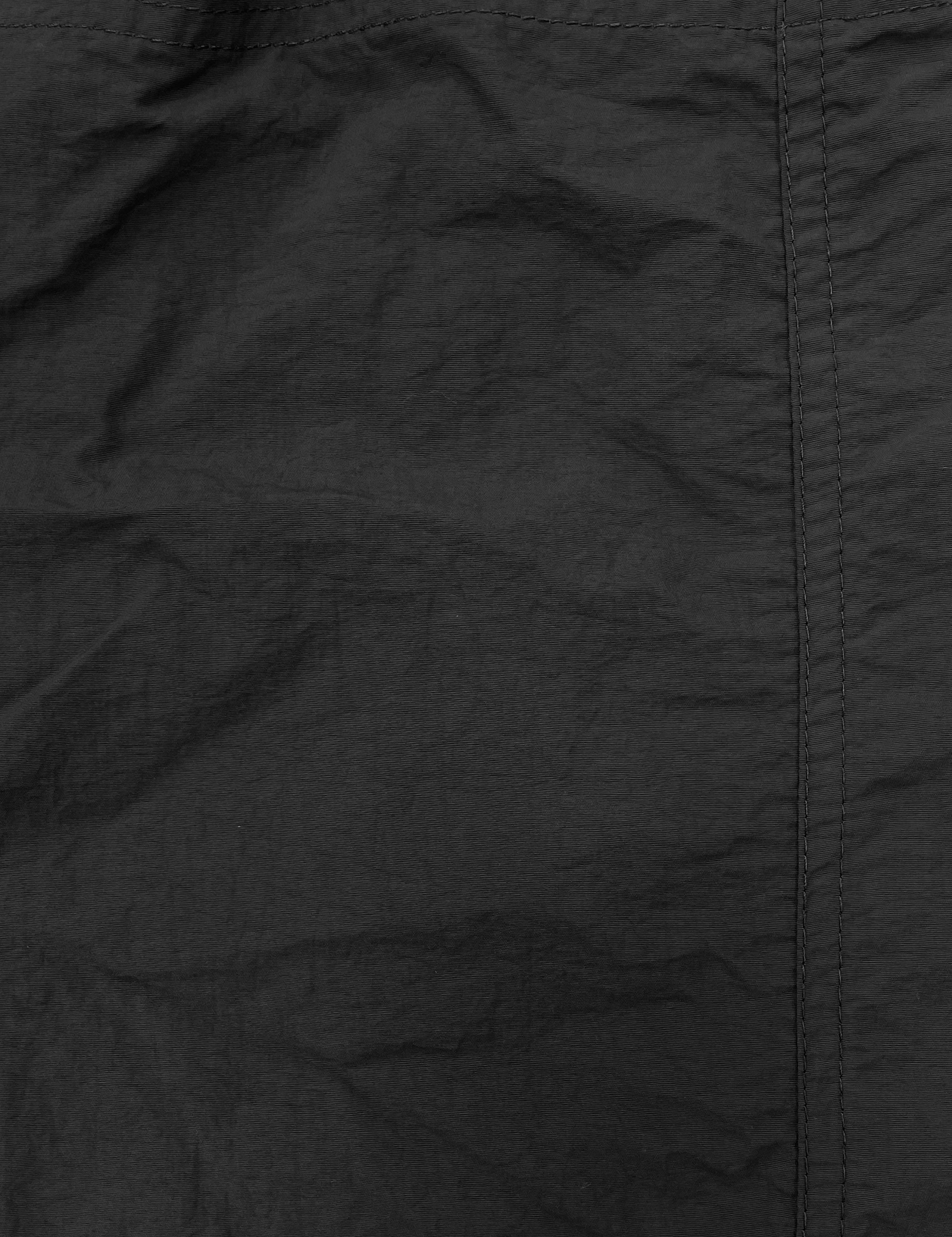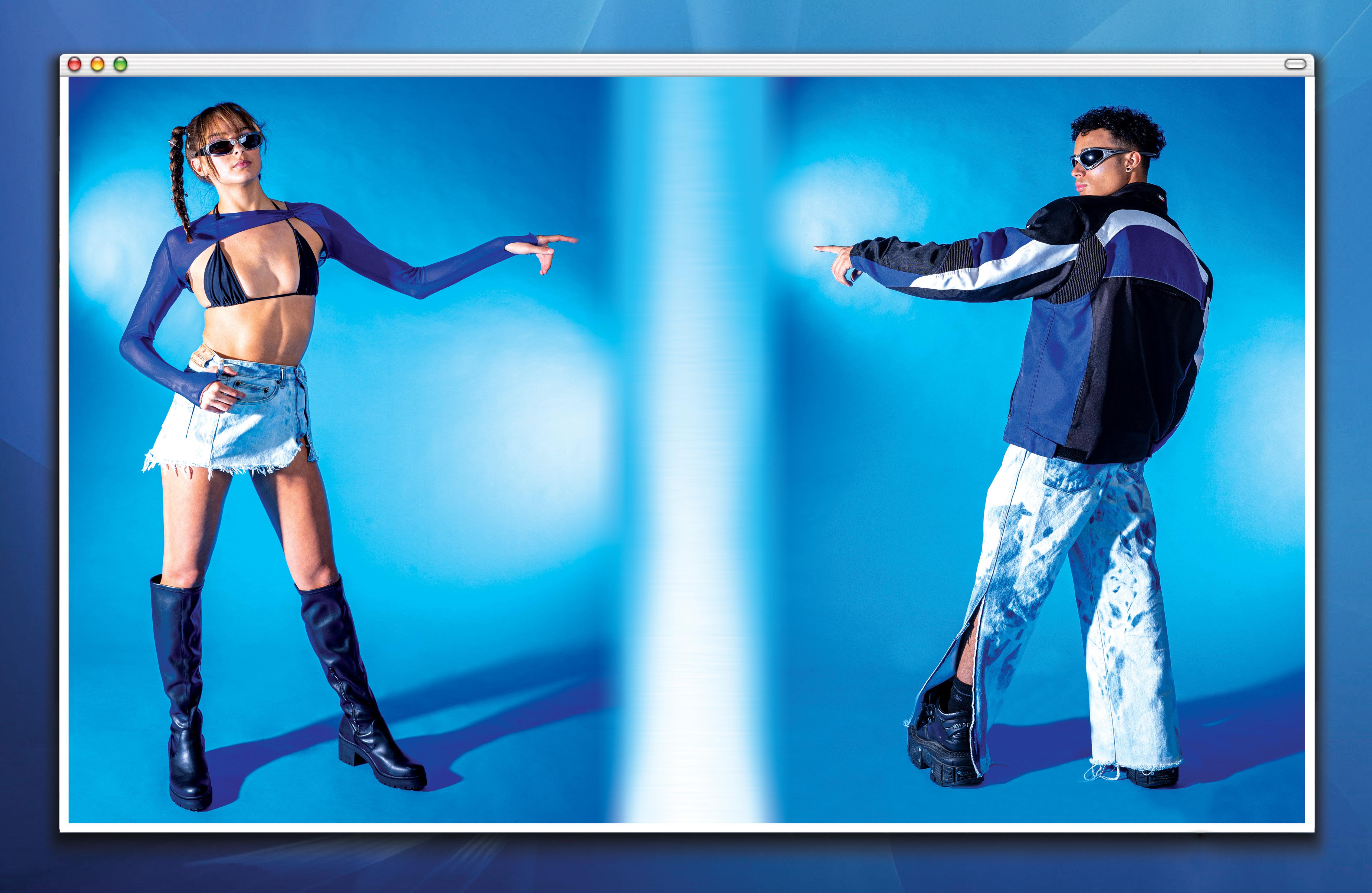
8 minute read
Leading With Inspiration
Exclusivity Work$
Written by Helena Haynes
Think back to a time when you’ve wanted something so badly, but it feels out of your reach. Maybe it’s a luxury wallet that you would need to save up for weeks to buy. Maybe it’s a new shirt dropping next month that’s projected to sell out.
Knowing that you may not be able to acquire a certain product, or even afford it, is often what makes it all the more desirable. Exclusivity in fashion is a driving force in popularity and consumer spending, and many of the brands we know and love use this strategy to create buzz around their products. When analyzing your own shopping habits, and what’s popular at the time, it’s apparent that exclusivity is what sells.
Whether it be because of a limited quantity, or a high price range, major brands typically follow a common theme. When looking at a luxury brand such as Hermès, the exclusive element of the purchasing process elevates the brand, despite there being similar products at lower price points.
The level of exclusivity a brand carries often dictates its reputation and serves as a status symbol for the person wearing the products, whether it be luxury or more affordable.
In addition to the extremely high prices, brands like Hermès thrive on having limited stock. When it comes to their most famous bags, the Birkin and the Kelly, customers are offered the bags when they become available, and when the staff deems the customer worthy, rather than the customer having complete control over the purchase decision.
This concept has luxury shoppers dreaming over the day they will be considered to purchase one of these notorious luxury pieces.
Fourth-year student, Stephanie Miller, spent the summer interning at Chanel in New York City. “Exclusivity to brands such as Chanel set them apart from others and gives the brand itself a luxurious image. From my experience this past summer, I learned a great deal of how much effort goes into making sure all Chanel products are made at the highest quality,” says Miller.
Harnessing the power of exclusivity is certainly done by expensive luxury brands, but it’s also done by more affordable brands as well. Telfar, a Blackowned unisex fashion brand, known for their iconic and fairly affordable shopping bags, is a prime example of this. When browsing on the Telfar website, customers are unable to make a purchase at their convenience. Instead, Telfar announces when they will be dropping a new color — forcing customers to purchase at a specific time. In many cases, these Telfar bags sell out in mere seconds, and it can often feel like a competition trying to acquire specific colors. After the initial drop, many original purchases are resold on websites such as Depop, but for a much higher price. This same pattern can be seen with specific products such as the New Balance 550 sneakers.
The original price point is reasonable, but people sell them for over double the price due to the low stock and high demand. More affordable brands can use limited quantities to their advantage, since the products become rare, increasing their value and image of “luxury” over time.
The phenomenon of people being attracted to exclusive products is not just a coincidence, it all comes down to psychology. Not being able to have something, or putting more effort into getting it, adds a perceived value to the item that it may not actually have. Psychologists refer to this as the “scarcity principle,” since people place more value on items that are scarce, rather than plentiful.
Nicole Bewley, fourth-year student and Sales Associate at Connections Clothing, reflects on how exclusivity influences her purchases,
The urgency created before a product drop, is often what causes items to sell out. Up-and-coming brands such as Boys Lie and Lonely Ghost create a build up to their drops on social media to increase the hype around their products. When something sells out, the people who purchased it feel like they have acquired a unique piece of that brand. Whether you’re a shopping addict, or someone who just likes to treat themselves occasionally, exclusivity is important to keep in mind. If you’re making a purchase, evaluate why you want the product. Do you like the way it looks? Is it going to add value to your life?
Exclusivity holds so much power in the fashion industry, and while it allows brands to grow and thrive, it can also change the way consumers view and purchase products.
Marks The Spot
Written by Casey Zanowic
We’re stronger together. It’s a pretty common saying, but one that the fashion world has taken quite literally. Louis Vuitton x Supreme. Gucci x Balenciaga. Fendi x Skims.
These are just a few of the various fashion collaborations we’ve seen in recent years and the number continues to grow. Luxury brands are teaming up with each other — and with more affordable, everyday streetstyle brands — to create new collections that challenge how people view the complex business that is the fashion industry.
Fashion designers have been working with other companies, artists, athletes and all other kinds of celebrities for decades. The idea of collaboration is nothing new, but it seems like you can’t look around a store without seeing a big ‘X’ wedged between two brand logos. Whether that be a beauty collaboration, homeware collection or, of course, a fashion partnership, these types of joint ventures have risen in popularity over the years thanks to all the buzz, and, most of the time, all of the money they can initiate.
Amanda Coleman, a senior account executive at VERB Brands — a luxury digital marketing agency — said these collaborations provide numerous benefits to not only the companies involved, but also the consumers being given the opportunity to see something new out in the fashion world.
“Brand collaborations are enabling brands to create in sectors they wouldn’t traditionally have ventured, giving them access to a newer (and in many cases younger) audiences, and often shifting the brand market perception, creating cultural relevance. For the consumer, collaborations are too, creating new and exciting products and experiences.”
One of the first established collaborations occurred in 1930 between Elsa Schiaparelli and Salvador Dali. Schiaparelli used Dali’s artwork as a basis for her fashion line, and the collection became an instant hit. But it wasn’t until the 1990s that the collaboration game became what we know it is today.
In 2004, Swedish outfitter H&M partnered with Karl Lagerfield to create a one-off collection. It led to a media frenzy as consumers clamored to get their hands on the cheaper pieces designed by one of the most popular designers in the world. It was an eye-opener for the fashion world as companies finally realized the power of collaboration and how lucrative it can be.
The rush of collaborations also demonstrates an ongoing shift in the highend market. According to a YPulse report, 55 percent of consumers ages 13-34 have never purchased a so-called ‘luxury product,’ and 60 percent of those respondents said they hadn’t bought one because of the cost. Sixty-five percent of people even said that luxury brands should make more affordable items so more people can buy them. High-end companies seem to be listening to the millennial market. They’re doing their best to appeal to a wider client base while still staying true to who they are. Collaborations are one way of doing so.
Coleman believes that the luxury world is changing and said that new generations are changing what we expect when it comes to luxury products.
“What makes something Luxury to the Gen Z and Millennial consumer is not about the cost but rather about the quality of something and that thing adding value above the rest of the market … brands don’t need to reinvent themselves to attract Gen Z, but they do need to meet this generation that live to support and connect.”
This collaboration phenomenon isn’t homogenous; it's divided into a few categories depending on the brands involved. Some blur the line between high and low fashion, or better yet, high fashion and street style. The best examples of this include uber-popular lines between The North Face x Gucci, Balmain x H&M and Balenciaga x Crocs.
For the brands involved in these partnerships, it’s clear that there are a lot of benefits. By collaborating with a more affordable brand, these high fashion designers can reach a new audience and tap into a previously unused market. By partnering with a luxury brand, street-style designers can showcase why their designs are worth a try and enter into a new consumer-base with the funds to try them out.
This ultimately leads to three things that all fashion designers and fashion brands love: money, credibility and reach.
Beyond the typical high and low fashion collaboration, we’re also seeing a rise in the number of partnerships between celebrities and luxury designers.
Whether it's Bad Bunny working with Adidas, Jennifer Lopez designing with Coach or Pharrel creating his line with Chanel, luxury brands are also realizing the power that connecting with a popular celebrity can provide. In addition to reaching a new customer base, these collaborations allow brands to analyze their roots and redefine their offerings to reflect the current consumer or what the consumer’s favorite influencer is wearing.
Fashion has always been about looking forward, being original, and never getting stuck behind. Collaborations are the new surefire way to do just that. When two brands combine their already successful visions and offer a fresh new perspective on fashion, everyone is hooked.
It evokes a sense of curiosity and uncertainty about what's to come and what to expect from a beloved brand. It also allows a different perspective, and a new audience, to view something they might usually stay away from.
Collaboration is a new artform, and it is a key to success in the fashion industry.











